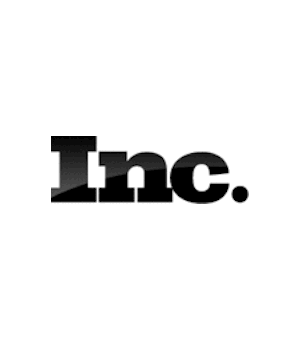
(This post originally appeared on Inc.)
Two recent reports show that wages are growing. But unfortunately not as fast as some would like.
This week the Department of Labor revealed that their employment cost index, which measures wages and benefits, rose 2.7 percent in the last quarter, according to a Wall Street Journal report. It’s good news but actually a small drop from the 2.8 percent increase reported in the previous quarter. In addition, human resources and payroll processing firm Paychex, in its monthly Paychex | IHS Markit Small Business Employment Watch, reported that July’s hourly and salaried increases in wages were 2.7 and 2.57 percent respectively.
While still surpassing inflation, one would think with employment being as tight as it is, and businesses – particularly small businesses – having a hard time finding workers, that wages would increase even more. They’re not. Many economists are scratching their heads. Not me. Why? Because I see something else going on out here in the field. I see a metric that’s not being tracked.
It’s the side hustle.
According to data provided by the custom marketing firm Vistaprint, more than a quarter of 2,000 adults surveyed said they had turned a hobby into a side business that was providing income that supplemented their wages – to the tune of an average $14,805.16 after taxes. 14 percent of the survey respondents said they make up to $22,800 annually. This is money being earned that are outside of wages being paid by employers – and it’s probably a reason why many employees aren’t demanding higher salaries.
“America’s side business economy is booming, as employees increasingly look for financial, professional and personal fulfillment that may not be present in their main job,” Simon Braier, Customer Strategy and Insights director from Vistaprint told the New York Post, “While many side hustles are born out of a personal interest or hobby, they don’t have to stay small.”
Hines’ company is just one of many that has developed from being a hobby into something that is providing serious income to its owners. Why the enormous growth in side businesses? Experts offer multiple reasons, including the low cost of technologies that enable entrepreneurs to operate their companies from home, the availability of online platforms like Amazon, EBay and Etsy which enable them to reach worldwide audiences and the affordable and powerful marketing tools and products offered by companies like Vistaprint that allow even the smallest of businesses to look larger…and more professional.
As good as the data is from Paychex and the government this side income isn’t unfortunately considered when wage growth is calculated. I’m not even sure how the data can be accurately collected. But I think it should be. The economy has changed and wages alone aren’t just what’s putting food on the table for many Americans.

